
For us, our Border Collies are members of the family who cannot be left at home while traveling. Many people think that traveling with Border Collies is very troublesome, but this is a fallacy.
Of course, the presence of a dog in the team of travelers imposes certain restrictions and creates some problems, but I can say with confidence that they are all solvable.
The positivity from the fact that there is a beloved dog nearby, which has become a cherished member of the family, is immeasurably greater than any problem one might face.
They are like a warm and cozy part of your home, which, even on vacation, far from home, remains close to you.
Traveling with your dog transported as a companion is quite simple. To do this, you only need to be prepared for some simple things.
Here are a few tips to help you enjoy your travels together.
Road Trips and Border Collies

Border Collies are a highly energetic and active dog breed. They can’t spend their time sitting on a car seat throughout the journey.
They need to “stretch their paws”, drink water, and even walk a little bit. They may get stressed or anxious on long journeys because they were sitting the entire time and didn’t get to spend their energy.
Make them exercise for at least 1 hour before going on the trip. Consult your vet for motion sickness and anti-anxiety medications.

You should buy dog pheromones to spray in your car. These pheromones give the feeling of being near a nursing mother dog and keep even adult dogs calm. These are also available as collars and diffusers.
You should stop about every 4 hours so they can stretch their paws, drink water, or go to the toilet. You should also walk them a little bit. You can also feed them if it is their usual time for their meal.
True, this will increase the travel time a bit, but it is good for you too.
Safety for Border Collies’ Road Trips
This is the most important aspect of traveling with Border Collies. I mean, we fasten seatbelts, look for safety features of cars, and whatnot.
There are several measures that you can take to ensure your dog’s safety.
Inside the Car
You should get a car hammock. It prevents your Border Collie from falling between front seats when braking suddenly. Moreover, hammocks also prevent dirt on your car seat.
Alternatively, you can buy a dog harness and a dog seatbelt.
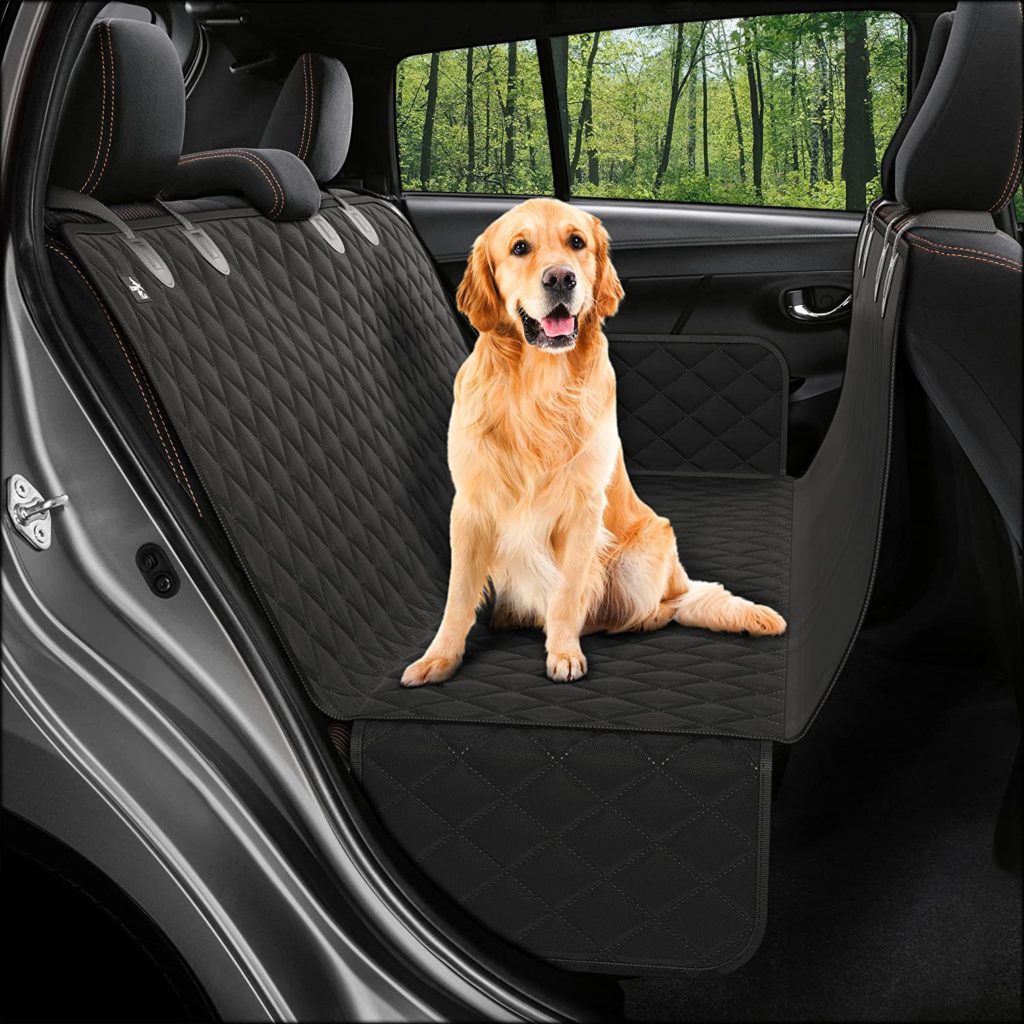
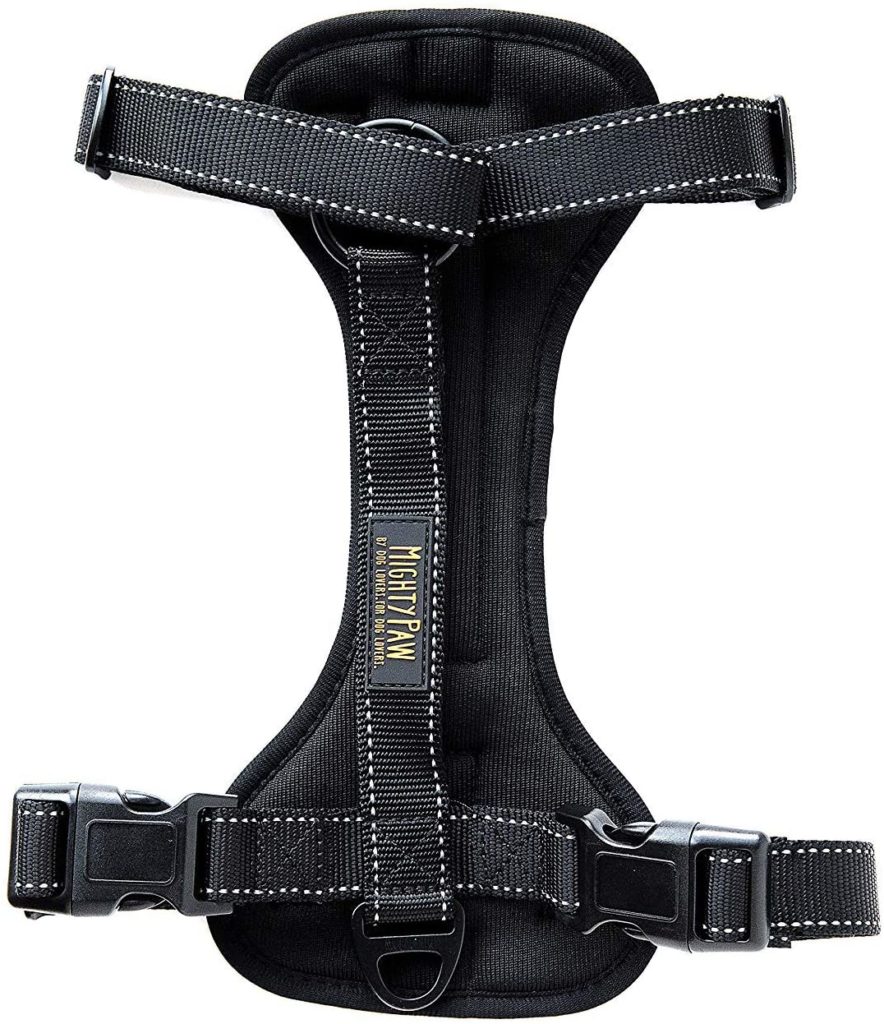
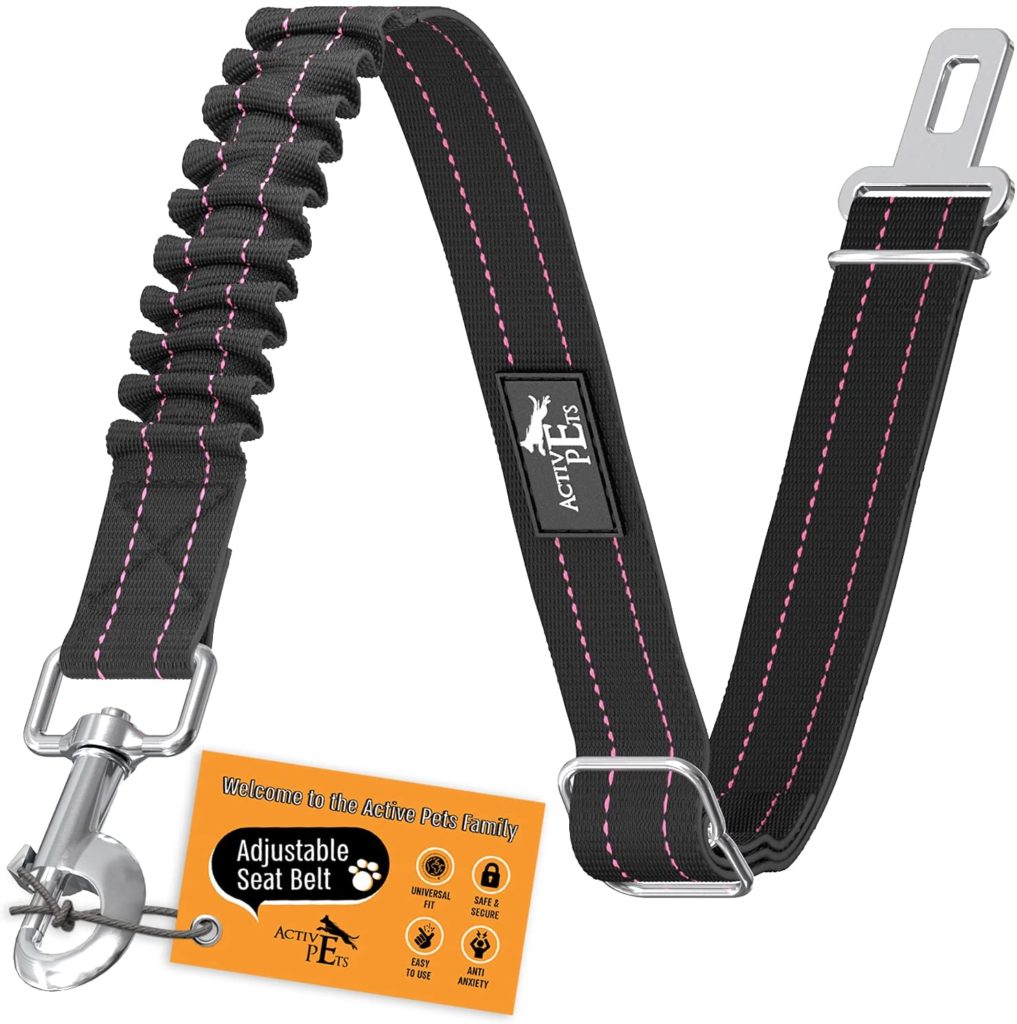
Out Of The Car
When you take out your Border Collie on the road for a short walk, there are chances that he may run away (After all, they are very active). Since he is unfamiliar with the location, he may get lost. It’s better to have him microchipped and have a GPS tracker on him.
But ideally, he should be muzzled and there should be a leash on him so that such situations do not arise.
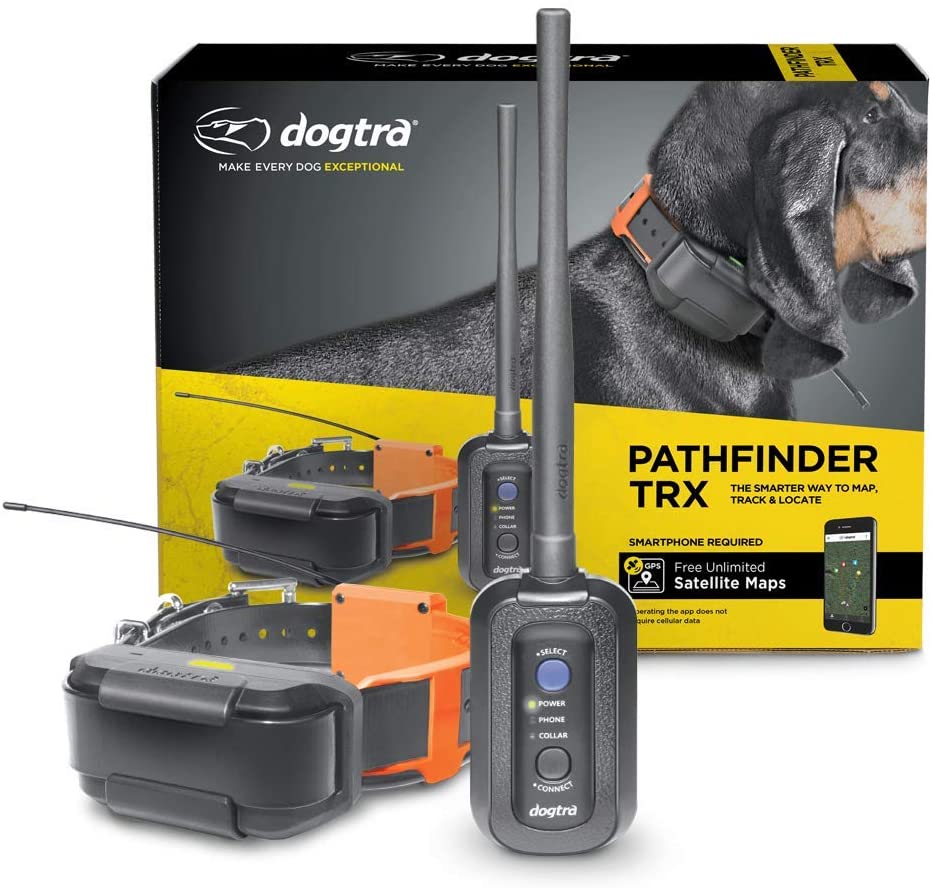
Flying and Border Collies
When flying by plane, the first step is to check with the airline about the rules for transporting animals, since not all pets are accepted on board. For example, some airlines do not allow specific dog breeds to be transported.
According to the rules established in most companies, dogs can be carried in the passenger compartment, the weight of which together with the container does not exceed eight kilograms.
The dimensions of a rigid container in length, width, and height should not exceed 44 × 30 × 26 centimeters. This should suffice if your Border Collie is still a puppy.
For transportation in the luggage compartment. the weight of the animal together with the container should not exceed 50 kilograms.
Adult Border Collies will be transported as baggage in an airline-approved crate.
Closest Match To Airline-Approved Crate—
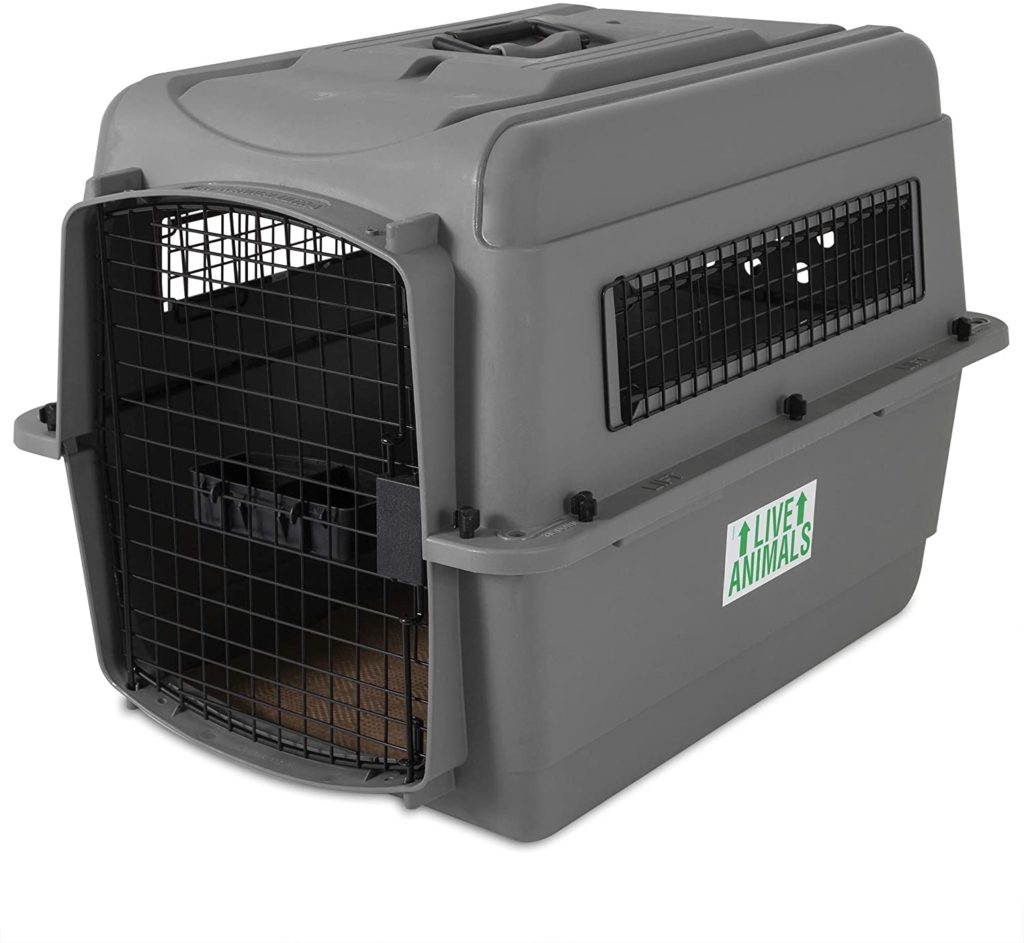
Booking Flight Tickets
When booking an air ticket, you should inform the carrier in advance that the flight will take place with a pet. Keep in mind that each company has a quantitative norm for the carriage of animals in the cabin and the luggage compartment, so a place for a pet must be booked in advance.
You can pay for the carriage of an animal only at the airport, after checking all the necessary documents and weighing the dog along with the carrier at the counter registration.
Documents That You May Need To Fly With Your Border Collie

Documents will be needed only for flights – you do not need to provide them on the train, bus, or commuter train.
To travel by plane, a dog needs a veterinary passport and a health mark no older than 5 days.
Veterinary passport and vaccinations
A veterinary passport is usually issued at the clinic when the animal is first vaccinated. It should contain notes about such vaccinations:
- From the plague of carnivores
- Hepatitis A
- Viral enteritis
- Parvo and adenovirus infections
- Leptospirosis
- Rabies
Vaccinations last 1-3 years, so they need to be repeated regularly. From the moment of the last vaccination before the flight, at least 30 days and no more than 12 months must pass. It is during this period that immunity against diseases is formed and acts.
If you have never got your Border Collie vaccinated, then for vaccination and registration of a veterinary passport before the flight, it is necessary to lay at least two months.
First, deworming is carried out so that the pet’s body is healthy and ready for the vaccine. After 10-14 days they are vaccinated against infections, after another three weeks they are re-vaccinated together with the vaccination against rabies. After that, you also need to endure quarantine.
If you plan to travel abroad, it is better to immediately put a chip on the animal: all the information about vaccinations will be written on it.
If you have a passport, but the vaccinations are already outdated, then a month will be enough to make a revaccination and wait out the quarantine.
Health mark
A mark in the veterinarian’s passport is put by the veterinarian after examining the animal. The stamp is placed no earlier than 14 days before departure and is valid for 120 days.
However, many airlines and airports ask to make a mark no earlier than 5 days before departure.
Veterinary Certificate
If the carrier or the point of departure still requires a certificate, it must also be obtained 5 days before the trip. The doctor will check the veterinary passport, examine the animal, make sure that the animal has been treated for helminths, vaccinated, and quarantined.
For reference, you need the data of the animal, the owner, the route, and the flight number.
Where to Draw Up Documents
A veterinary passport and vaccinations are done in any veterinary clinic – public and private. In some countries, only authorized veterinarians can issue such documents. If your vet isn’t authorized to do so, they may still be able to refer you to someone.
How to Keep Your Border Collie Calm In A Flight
If you are traveling with your Border Collie, it is highly recommended that you start training them before setting off on the trip.
In flights, they are separated from you and carried in a crate. It stresses them out. If they have never been in a crate before, they are going to be terrified.
So, start taking your dog on shorter trips closer to the event so they can get used to it and get at least a minimal travel experience.
True, you can’t train them in an actual plane, but the least you can do is to make him familiar with the crate so that he feels safe in there.
Train your dog to behave correctly and calmly during the trip. And, of course, as with any training, reward your pets with all sorts of delicacies on these training outings and trips.
Once again, make sure that you purchase an airline-approved crate and approved water/food dishes. Put a chewing toy with him in the crate so that if he gets stressed out, he can chew it.
Flight Safety for Border Collies
“Although the cargo holds have A/C, it isn’t turned on while taxi-ing on the tarmac and if the plane gets stuck on the hot tarmac for hours (yes, it can happen) at high temperature it will KILL THE DOG.“
—Donald McCaig, A Regular Flyer With Dogs.
Thread Link — https://boards.bordercollie.org/topic/35306-flying-with-a-bc/
Make sure to contact airlines about it beforehand so that you don’t have to regret it later.
Book Your Pet-Friendly Tickets And Hotels In Advance
On the railroad, dogs are not allowed to be transported in all types of wagons. Before buying a ticket, check the information on the official website of railways.
Transportation of animals abroad is regulated by the rules of a particular carrier, as well as by an agreement on international passenger traffic.
The document is constantly updated, therefore, when going on a trip, you need to familiarize yourself with the current changes in the agreement.
Booking A Hotel

Before choosing a hotel, experts advise you to read the living conditions in advance. Guests with dogs are not accepted everywhere, but in many hotels, this is a well-developed and popular service.
Be sure to write a request to the hotel and receive a written confirmation that you will be accepted with a dog. Otherwise, extremely unpleasant moments are possible.
Arriving at the hotel, you will find out that yes, they did accommodate dogs, but recently they made repairs, and now it is impossible.
Or that they accommodate dogs, but only very small ones, which do not shed, do not bark, and do not make themselves felt at all. Border Collies mark their presence through their activities.
The second point is the amount of additional payment. In most countries, it does not exceed 15 USD. But in a few countries, you will make unpleasant discoveries when hoteliers announce to you upon arrival that the cost of living for a dog is almost the same as for a person.
Also, the owners of some hotels (fortunately, there are very few of them) believe that the dog is like a large additional suitcase, which is completely invisible and inaudible. And if suddenly they bark even during the day, then this is a tragedy, and a claim will be made to you.
A common example is when kids are running past the room. To avoid such situations, at the time of booking, I indicate in the “Special Requests” column that we need a room at the very end of the corridor, where no one walks by.
Hoteliers may not necessarily fulfill your request but then if something happens, the owners of the hotel will be to blame, not you.
When booking, inform them that you are bringing your Border Collie, and specify the special conditions and cost of the dog in the room (be prepared for the fact that the property may ask for a small deposit, which will be returned to you upon departure).
Conclusion
For you and your pet to enjoy the trip, you just need to prepare in advance. For this, train your dog to the crate, collect all the necessary documents in advance, and study the rules for transporting animals if you plan to use public transport.
Have a PLAN “B” in case of emergencies
Of course, no one wants to think about such emergencies and just about the bad, but the cases are different, and the presence of the “B” plan only says that you are a responsible person, a loving owner, and know how to plan well.
If you are going on a long trip, examine and write down all the addresses of the veterinary clinics along the route, as well as at the final destination. If your pet has any medical health requirements (special medical conditions), make sure they are also printed on your pet’s tag or microchip so that it can be properly cared for.
It probably won’t, but you can rest assured that you are prepared if it does happen. Consider insurance for your pet the same way. This is not necessary, but it also reduces the level of anxiety, particularly yours.
Traveling with a pet requires some effort and preparation, sometimes more difficult than traveling with small children, but in the end, it is worth it.
